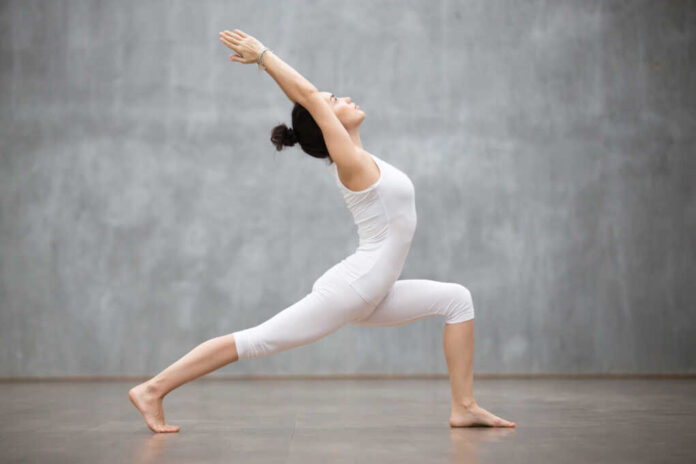
Living with scoliosis is a journey that often involves navigating a maze of treatments and advice.
Many paths lead to the doorsteps of surgery and medication, but what if there’s a more natural, less invasive way to manage this condition?
Yoga, an ancient practice known for its healing and restorative powers, may offer a unique approach to scoliosis that harmonizes the body and mind.
Understanding Scoliosis
Scoliosis is a condition where the spine curves sideways, often resulting in an “S” or “C” shape, rather than a straight line. It can cause pain, stiffness, and difficulties with movement.
While severe cases may require medical intervention, many people with scoliosis look for additional ways to manage their symptoms.
The Role of Yoga in Managing Scoliosis
Yoga is not just about stretching or holding poses. It’s a holistic practice that focuses on balance, alignment, and mind-body connection.
For those with scoliosis, yoga can offer several specific benefits:
- Improving Posture and Alignment: Regular yoga practice helps in strengthening and stretching the back muscles. This can lead to improved posture and spinal alignment, which is crucial for individuals with scoliosis.
- Pain Reduction: Yoga’s gentle movements can help alleviate the discomfort and pain associated with scoliosis. The poses are designed to be adaptive and can be modified to suit individual needs and limitations.
- Enhancing Flexibility: Stiffness and rigidity are common in scoliosis. Yoga can enhance flexibility, making daily movements easier and more comfortable.
- Mind-Body Awareness: Yoga promotes mindfulness and body awareness. Understanding one’s body can be empowering for someone with scoliosis, as it allows them to recognize what helps or hinders their condition.
Starting Yoga with Scoliosis
Before starting a new routine that could affect your health:
- Consult a Healthcare Professional: Talk with your primary doctor or healthcare provider, especially when dealing with a condition like scoliosis.
- Find the Right Instructor: Look for a yoga instructor who has experience working with individuals with scoliosis. They can provide modifications and support to ensure safety and effectiveness.
- Begin with Gentle Practices: Start with gentle yoga styles like Hatha or Iyengar, which focus on alignment and controlled movements.
- Listen to Your Body: Pay attention to how your body responds to different poses and movements. Yoga should never cause pain.
Yoga Poses Beneficial for Scoliosis
Several common yoga poses may be particularly beneficial for helping with scoliosis:
- Mountain Pose: Helps in establishing a sense of groundedness and alignment.
- Tree Pose: Improves balance and strengthens the core, important for spinal health.
- Child’s Pose: A restorative pose that can help in releasing back tension.
- Cat-Cow Stretch: Enhances spine flexibility and can be therapeutic for back pain.
Embracing a Holistic Approach
Yoga offers more than just physical benefits. It encourages a holistic approach to health, where the mental and emotional well-being are as important as the physical.
For those with scoliosis, incorporating yoga into their routine can be a way to regain control over their health, finding strength not just in their bodies, but in their minds as well.
The journey with scoliosis is unique for each individual, and yoga can be a valuable companion on this path. It offers a way to manage the condition that is gentle, empowering, and deeply personal.
As with any journey, it starts with a single step, or in this case, a single pose. Embrace the journey and discover how yoga can transform the way you live with scoliosis.






















